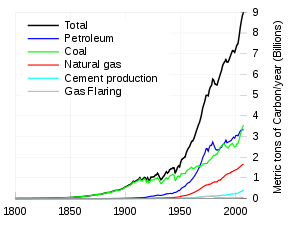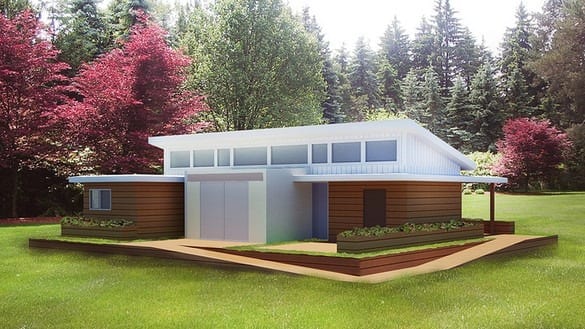One Possible Future for the Atmosphere
New computer modeling work shows that by 2100, if society wants to limit carbon dioxide in the atmosphere to less than 40 percent higher than it is today, the lowest cost option is to use every available means of reducing emissions. This includes more nuclear and renewable energy, choosing electricity over fossil fuels, reducing emissions through technologies that capture and store carbon dioxide, and even using forests to store carbon.
Researchers from the Joint Global Change Research Institute introduced the work, called the RCP 4.5 scenario, in a special July 29 online issue of the journal Climatic Change. The scenario is one of four that scientists will use worldwide to independently study how the climate might respond to different increases of greenhouse gases and how much of the sun’s energy they trap in the atmosphere. It can also be used to study possible ways to slow climate change and adapt to it.
The team used the PNNL Global Change Assessment Model, or GCAM, to generate the scenario. GCAM uses market forces to reach a specified target by allowing global economics to put a price on carbon. And unlike similar models, it includes carbon stored in forests, causing forest acreage to increase — even as energy systems change to include fuels generated from bioenergy crops and crop waste.
“The RCP 4.5 scenario assumes that action will be taken to limit emissions. Without any action, the emissions, and the heat trapped in the atmosphere, would be much higher, leading to more severe climate change,” said lead author Allison Thomson, a scientist at JGCRI, a collaboration between the Department of Energy’s Pacific Northwest National Laboratory in Richland, Wash., and the University of Maryland.
“This scenario and the other three produced in this project will provide a common thread for climate change research across many different science communities,” Thomson said.
The Forested Future
Five years ago, the Intergovernmental Panel on Climate Change asked the climate science community to provide scenarios of greenhouse gas emissions and land use change to guide computer models that simulate potential changes to Earth’s climate.
Researchers decided on four possible targets that span a wide range of possible levels of human-made greenhouse gas emissions over the next century. These future scenarios are currently being used by climate modeling groups worldwide in a coordinated effort to compare models and advance the science of climate projections.
The researchers assigned each of the scenarios a specific target amount of the sun’s energy that gets trapped in the atmosphere, a property called radiative forcing. Because of differences between the scenarios, each one will produce slightly different degrees of warming.
The RCP 4.5 scenario shoots for 4.5 Watts per square meters radiative forcing in 2100 and lets economics reveal how to achieve that goal the cheapest way possible. The scenario’s 4.5 W/m2 means roughly 525 parts per million carbon dioxide in the atmosphere (currently, it hovers around 390 parts per million). It also means approximately 650 parts per million carbon dioxide-equivalents, which includes greenhouse gases besides carbon dioxide.
Related articles
- NOAA study: Slowing climate change by targeting gases other than carbon dioxide (eurekalert.org)
- Crops with deeper roots capture more carbon, fight drought: study (scientificamerican.com)
- Obstacles to Capturing Carbon Gas (nytimes.com)










